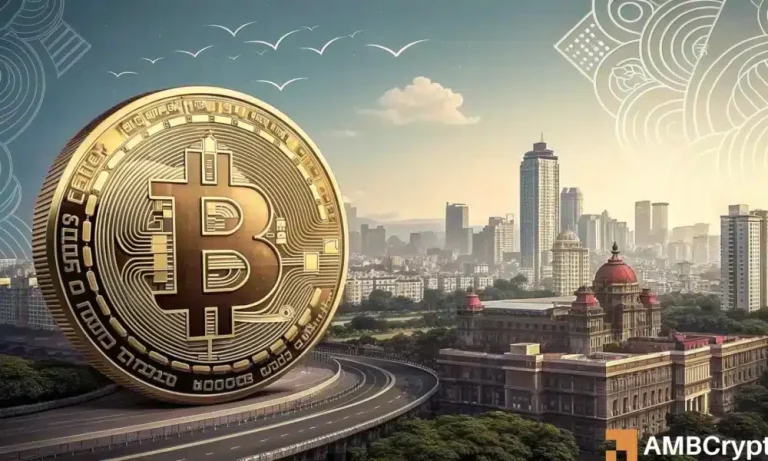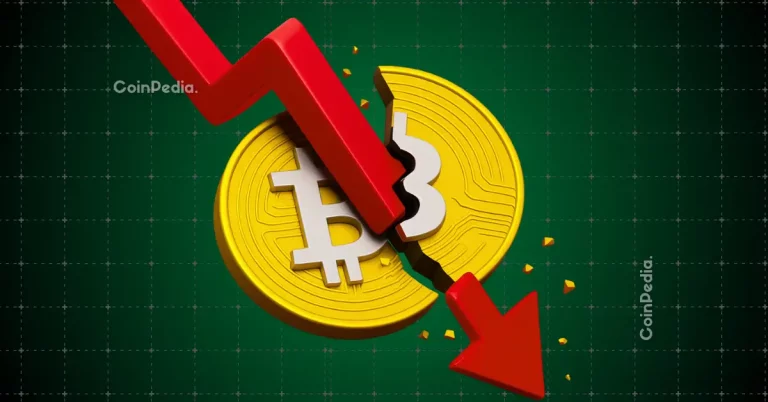
Navigating the Future: Emerging Trends in Fintech Technology
Fintech, Emerging trends in fintech technology are transforming the way we think about financial services. The fintech industry is rapidly evolving, with new trends and technologies emerging every year. In this article, we will explore the current state of the fintech industry and the emerging trends that are shaping its future.
Introduction to Fintech

Fintech, or financial technology, refers to the use of technology to improve and automate financial services. The term fintech was first coined in the 1990s, but it wasn’t until the 2000s that the industry began to gain momentum. Today, fintech is a global industry, with companies like PayPal, Stripe, and Square leading the way.
Current State of the Fintech Industry

The fintech industry is currently undergoing a period of rapid growth and transformation. New technologies like blockchain, artificial intelligence, and the Internet of Things (IoT) are being used to develop innovative financial products and services. The rise of mobile payments, digital wallets, and peer-to-peer lending platforms has also changed the way people think about money and financial services.
Emerging Trends in Fintech

There are several emerging trends in fintech that are worth noting. Some of the most significant trends include:
- Blockchain and Distributed Ledger Technology: Blockchain technology has the potential to revolutionize the way financial transactions are processed and recorded. It provides a secure, transparent, and tamper-proof way to conduct transactions, and it has the potential to reduce the need for intermediaries like banks and clearinghouses.
- Artificial Intelligence and Machine Learning: AI and machine learning are being used to develop more sophisticated risk management systems, improve customer service, and enhance the overall user experience. For example, AI-powered chatbots are being used to provide customer support, while machine learning algorithms are being used to detect and prevent fraud.
- Internet of Things (IoT) and Connected Devices: The IoT is a network of physical devices, vehicles, and other items that are embedded with sensors, software, and connectivity, allowing them to collect and exchange data. In the context of fintech, the IoT has the potential to enable new forms of payment, such as paying for goods and services using wearable devices or smart home appliances.
- Mobile Payments and Digital Wallets: Mobile payments and digital wallets are becoming increasingly popular, as they provide a convenient and secure way to make transactions. For example, Apple Pay, Google Pay, and Samsung Pay are all popular mobile payment systems that allow users to make payments using their smartphones.
- Peer-to-Peer Lending and Crowdfunding: Peer-to-peer lending and crowdfunding platforms are changing the way people think about borrowing and investing. These platforms provide a way for individuals to lend and borrow money directly, without the need for intermediaries like banks.
Conclusion

In conclusion, the fintech industry is rapidly evolving, with new trends and technologies emerging every year. The emerging trends in fintech, such as blockchain, AI, IoT, mobile payments, and peer-to-peer lending, have the potential to transform the way we think about financial services. As the industry continues to grow and evolve, it will be exciting to see how these trends shape the future of fintech.





